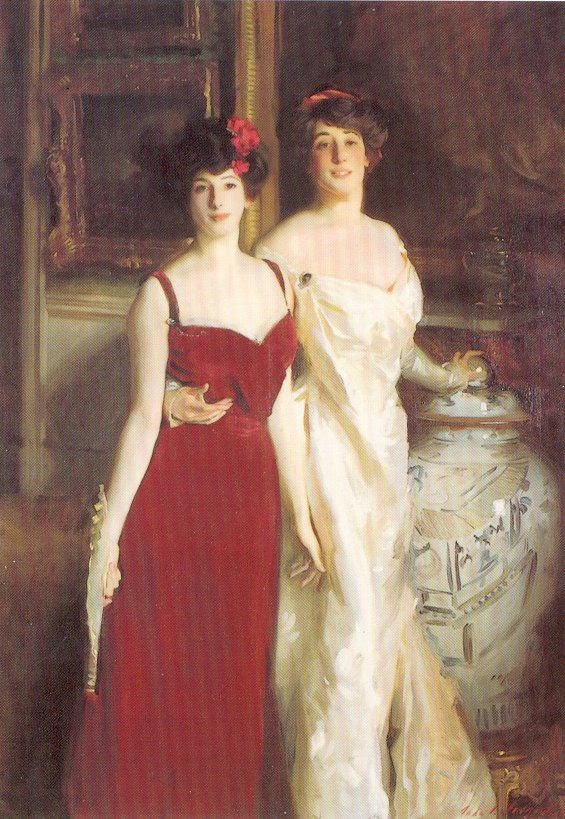Apologies for my absence, I took a break from historical
fiction to write the second novella in my contemporary series set in Polvellan,
a Cornish village not a million miles from the one where I live. Writing something completely different in
length and genre was exhilarating.
Fortunately it pleased the Boss and I’ve signed a contract to write
more.
Now I’m back in the C19th writing a sequel to ‘The
Consul’s Daughter’ which is due out in July, called ‘The Master’s Wife.’
Because the first book ended after drama and upheaval with
the couple finally recognising their love for each other, the challenge with this
new one was to decide when it would begin and what precipitating event would
turn their lives upside down.
Once I had chosen both, I still needed something more,
something that would broaden and deepen the story. It came via one of those wonderful
‘serendipity’ moments.
Thirty-five years ago I attended a seminar by Screenwriting
& Story guru, Robert McKee. It was
fascinating, exhausting and packed with useful information. I made masses of notes and typed them all up
when I got home. But I had three young
children and was writing for Mills & Boon where trying to apply what I had
learned conflicted with the specific requirements of the genre. So my notes got put aside. They went missing
during a house move.
Then three days ago I received an email notifying me of the
latest series of Story Seminars by Robert McKee. One is taking place in London
from May 8th -10th.
I’ve shortened the email slightly. It began with:
‘Less than 1% of writers sell their scripts.’ (Shouldn’t that be ‘Fewer’?)
75% of your effort should go into designing the story. Only
1% of writers realise this.
Invest the time. Do the Work. Write the Truth. The Results
Will Follow.
Story Seminar Content springs from these premises:
Story is about principles not rules
about archetypes not stereotypes
about eternal, universal forms,
not formulas
about thoroughness not shortcuts
about the realities not the
mysteries of writing
about mastering the art, not
second-guessing the marketplace
about respect, not disdain for
the audience
about originality, not chasing
trends.
It goes well beyond the essential mechanics of
screenwriting, and will elevate your writing from an intellectual exercise to
an emotional one; transforming the craft into an art.’
I was seriously tempted.
The cost of the seminar plus rail fare plus at least two nights
in London would be eye-wateringly expensive, even so...
Then I remembered that many years ago I bought a book
called ‘45 Master Characters.’ It describes in depth mythic models and shows
how you can use and adapt them to create original characters. I read it when I bought
it and it has been sitting on my ‘Books on Writing’ shelf ever since.
I got it down and began reading. It covered much of the
ground promised by the Story Seminar. Even better, I didn’t have to travel
anywhere.
As I read I had a ‘light-bulb’ moment. Things that had felt
stuck suddenly shifted and ideas started flowing. While I scribbled notes, I
could feel that lovely bubbling excitement that comes when your gut tells you
you’re on the right track. All because of a marketing email.
The crocuses? Simply to celebrate spring.
Jane Jackson. www.janejackson.net










